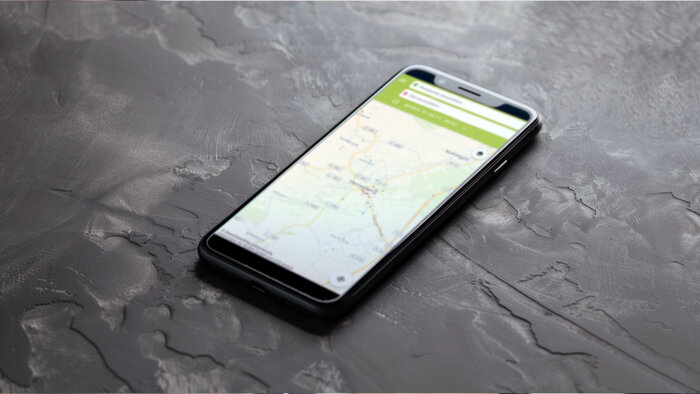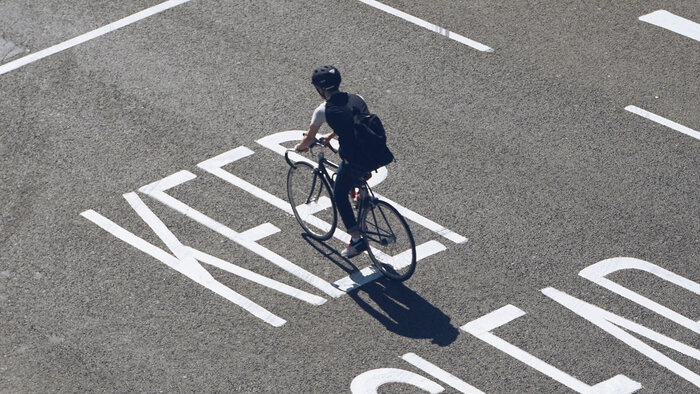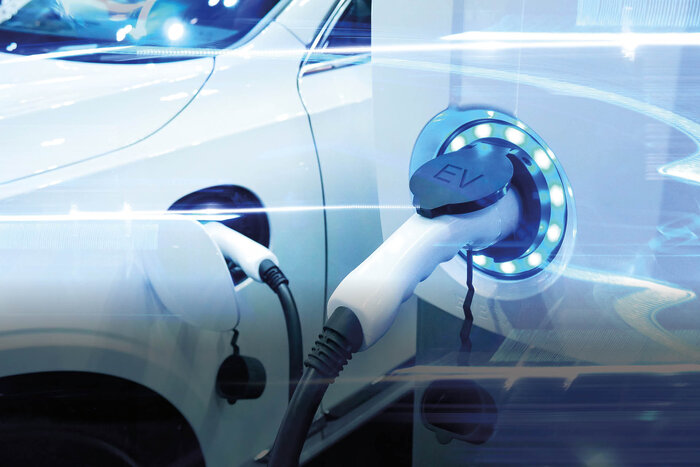Sustainable mobility concept
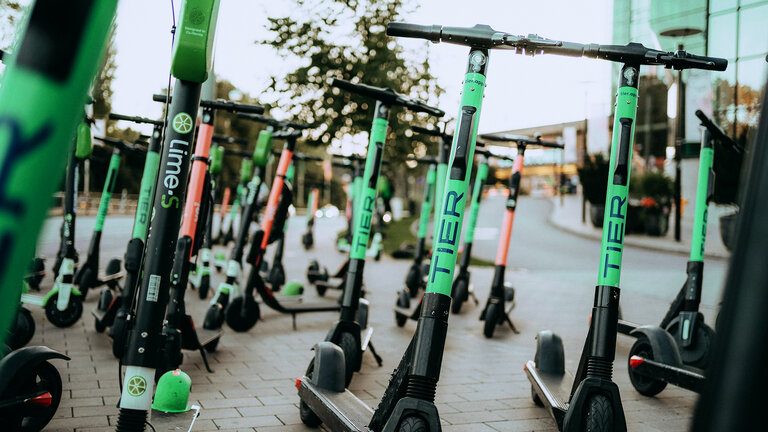
Our mobility is currently undergoing a fundamental change. Not only do major trends such as climate change, digitalization, and urbanization intersect this process, but the changes are also affecting entrenched ideas and ingrained patterns of behavior. In this context, how are mobility experts advising their customers? We spoke to Claus Bürkle, mobility expert and partner at Drees & Sommer, about this.
Mobility trend
Mr. Bürkle, many mobility trends point in different directions. For example, the idea of sharing aims to reduce the number of cars, while autonomous driving is likely to increase the number of cars. How do you advise your customers in this confusing situation?
Claus Bürkle: In our consulting, we look to differentiate and show two sides of the same coin. Let’s stay with your example. In my opinion, autonomous driving has two sides. On the one hand, it would work in the city. But the area must be closed off to the outside. This would be in a defined metropolitan area, for example, where the autonomously driven vehicles belong to a service provider. Otherwise, too many people would simply drive autonomously into city centers instead of using public transport, which is still the best means of transport for large groups of people.
On the other hand, you have rural areas, where we don’t yet have as much traffic density as in urban centers. In my opinion, this is where autonomous driving becomes really interesting. It is especially interesting when it comes to passenger transport because it can counteract urbanization. People will then continue to commute because they can already work in their cars. In short, autonomous driving may come to cities, but it will not be a panacea. However, it can make an important contribution to greater road safety.
Couldn’t we pull other levers instead of thinking about highly complex technologies? For example, shouldn’t we make more innovative use of existing infrastructure?
Basically, all new mobility technologies can only supplement existing mobility. For mass transportation, rail-based modes of transport are still the be-all and end-all. Ultimately, however, the infrastructure must also be maintained.
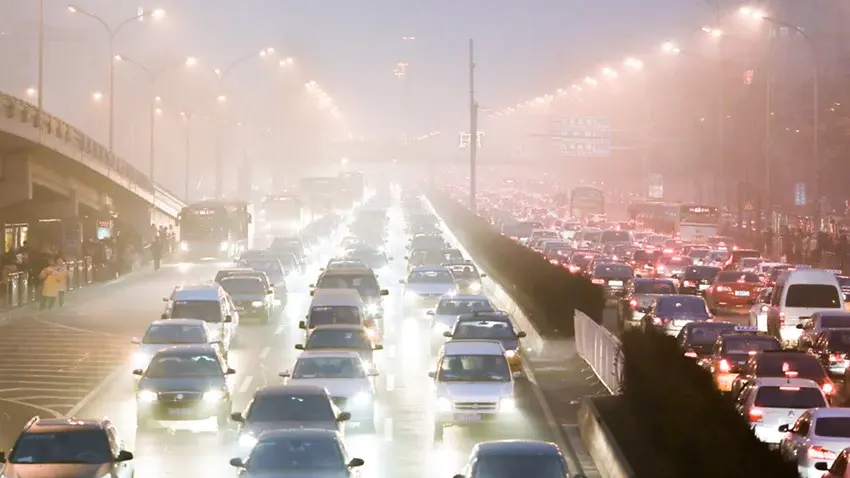
At the same time, many usage innovations are unfortunately not as easy to implement as people sometimes think. Expanding the number of bicycles on public transport is rather difficult due to the space required at peak times. It’s not really possible to add, for example, more suburban train or subway carriages in cities, as the platforms are often simply too short.
What do you think is the greater challenge: changing from analog to digitalized traffic or finding a balance between private and public vehicles?
I think that digitalization is such a dominant and pervasive trend that it influences everything. It makes many things complex, but also simplifies many things. For example, think of a mobility app that shows you the shortest route regardless of the mode of transport and adjusts your route live if necessary. We also need to differentiate between the digitalization of transport technology in vehicles and service technologies that make it easier for people to use them, like this app.
Otherwise, our challenge is that we can barely keep up with creating the necessary infrastructure in this country. For me, this is clearly a question of public services of general interest. Individual private solutions can complement each other, but in practice they often overlap. This means that redundancies arise. For example, each company on a business park could set up its own company shuttle bus, but a public bus route would be more efficient and effective.
The most important points for the sustainable mobility concept are as follows:
- Mobility trends should be considered in a differentiated manner based on the existing infrastructure
- Focus on innovations in existing infrastructures instead of concentrating on new, complex technologies
- Digitalization in transport technology, also as service technologies, plays a decisive role
- Urban cable cars are increasingly coming into focus
- Mobility concepts are also becoming increasingly important for companies
Urban cable cars
Where is Germany in terms of developing urban cable cars? Many cities have become active in this area in recent years.
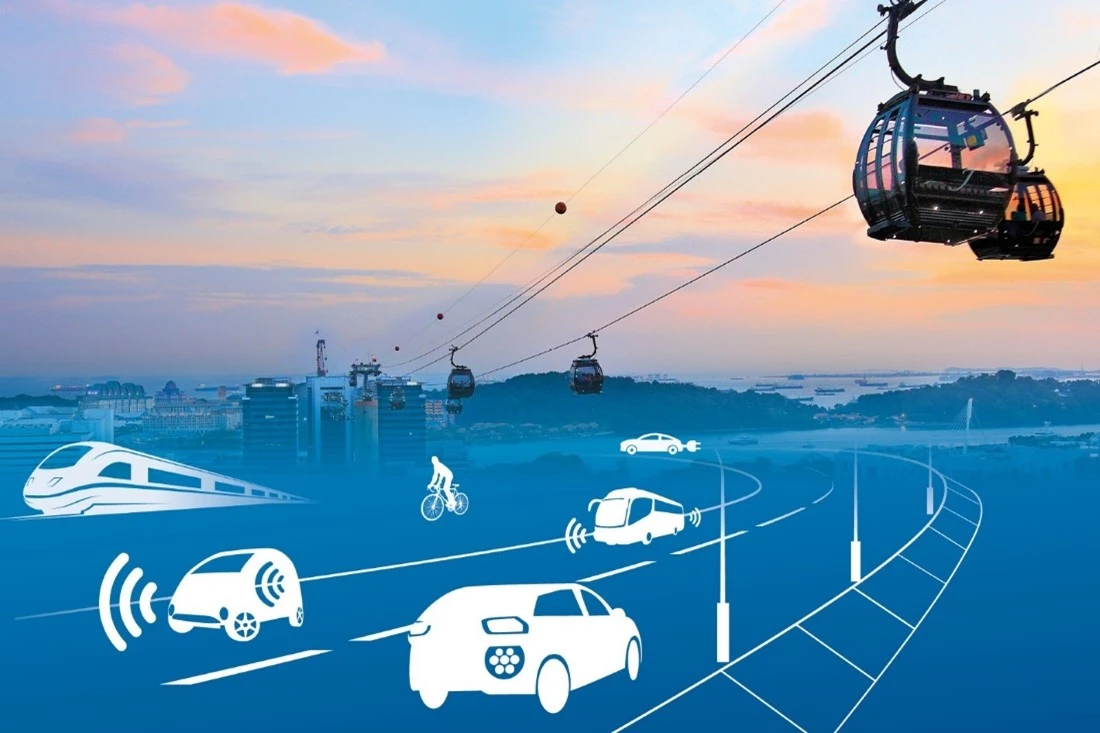
There is still a lot of research and discussion. However, the topic is no longer ridiculed as it was years ago. There are now many tenders for urban cable cars.
We are also seeing that many companies are showing great interest in how they can better manage and network their transportation in the future. So, there has been a lot of movement in this area in recent years.
So the only question seems to be when the watershed moment will be?
In a city or metropolitan area, the regulation of rights of way is always the critical point. If this can be legally resolved, I am sure that cable cars will arrive and that we will soon see the first examples that will be copied by others.
We know from many revived regional railroads that, after a certain start-up phase, new public transport connections are extremely well received—usually after the first year of operation. Therefore, we assume that it won’t take cable cars long to be accepted either.
Sustainable mobility concepts for companies
Is there a growing awareness among owners and users of corporate real estate that their buildings also have a “mobile side”?
Yes, and Expo Real shows us that this is the case every year. You can attend a lot of specialist presentations on the subject of mobility at the expo. We also see that companies are increasingly looking after their employees, and this also includes the question of how they travel to the premises.
A third sign of this awareness is that cities are increasingly demanding mobility concepts from local companies. Of course, companies have to become active in this area, which also applies in view of the impending driving bans in some city centers.
What steps are you taking to develop mobility concepts for companies?
The first thing we do is quickly check the mobility around the premises in a so-called mobility pass. Secondly, if a company really wants to make a difference and doesn’t just need mobility for the sustainability report or a building permit, then it should definitely ask its employees what they want first. The classic requests that come up are secure and covered bicycle parking or shower facilities. We then differentiate between the various user groups and their traffic behavior and determine the available transport infrastructure, such as bus or streetcar lines. We also ask about the frequency of service or the number of parking spaces.
In the end, all the data is incorporated into a closely coordinated mobility concept that is to be developed. The third step, however, focuses on the measures that should be implemented in order to achieve the previously defined goal. Finally, in the last step, the customer has to make an overall decision in favor of this or that measure. Ultimately, it is important that the solution be resilient, i.e. resistant to disruptions. In concrete terms, if the train goes on strike, the company must still be accessible, for example by bus or car.
Is there a recipe for success for a functioning mobility plan?
In addition to involving employees, as I mentioned earlier, it is crucial to examine local amenities other than transport, such as bakeries, hairdressers, or restaurants. After all, if I have a functioning local supply system, I generally don’t need any additional transport, but can do everything on foot or on a single journey. So in the end, it’s all about avoiding traffic by creating proximity mobility!
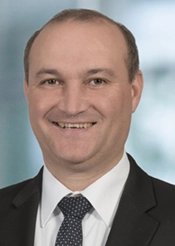
About the person:
Claus Bürkle
In 1999, engineering graduate Claus Bürkle started his professional career as a project manager at Drees & Sommer. In that position, he was entrusted with complex projects in a range of areas. Since 2011, Claus Bürkle has been the managing director of the infrastructure and development management experts at Drees & Sommer. His focus here is in the field of infrastructure consulting and mobility. Claus Bürkle’s tasks include managing projects in the fields of electromobility, stationary traffic, urban cable cars, traffic development, and a large number of rail infrastructure projects. Due to his project experience with municipalities, Claus Bürkle is the point of contact for the public sector. Bürkle has been a partner of the Drees & Sommer Group since 2017.
Article was edited // Original contribution from February 2020
